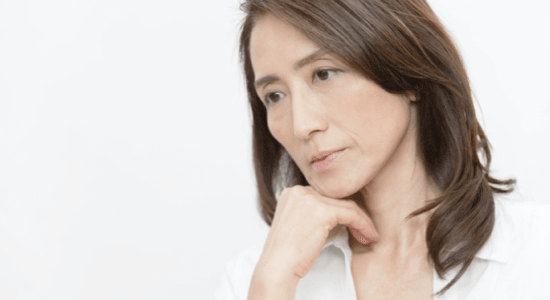
Women go through four life stages as they age: puberty, maturity, menopause, and old age. Although there are individual differences, menopause typically occurs around the age of 50, and the ten years before and after menopause (generally around ages 45-55) is referred to as “menopause.”
The various symptoms that appear during menopause are called “menopausal symptoms”, and those symptoms that significantly disrupt daily life are referred to as “menopausal disorders”.
The primary cause of menopausal symptoms is the significant fluctuation and decline in the levels of the female hormone (estrogen).
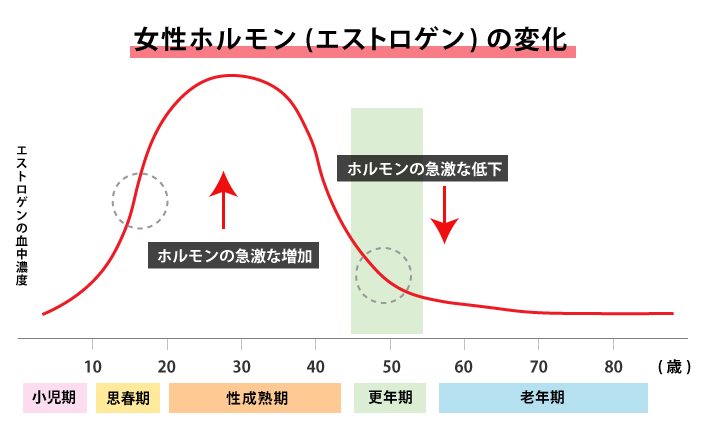
As the secretion of estrogen decreases, various functions in the body that were previously regulated by estrogen no longer function properly. Additionally, when estrogen levels drop, the brain sends signals to the ovaries to produce more estrogen. However, during this process, these signals can cause unnecessary excitability in the brain, leading to a failure in the regulation of the autonomic nervous system. In other words, the body struggles to keep up with the rapid decrease in estrogen, which leads to difficulties in nerve regulation and physical and mental imbalances.
Moreover, factors such as aging, personal history, personality, and social factors, such as relationships at work or in the home, may contribute to the worsening of symptoms. Menopausal disorders are considered a form of stress-related condition.
Musculoskeletal issues such as shoulder stiffness, back pain, and joint pain associated with menopause occur because estrogen receptors in joints and tendons are no longer adequately activated. When estrogen decreases, the estrogen receptors in the joints and tendons lack the necessary estrogen, making it difficult to suppress inflammation, leading to swelling in the joints and tendons.
In addition to medical treatments, interventions by physiotherapists, osteopathic therapists, and acupuncturists include…
Muscles are formed by thousands of muscle fibers, similar to hair or strings. Rubbing them indiscriminately can cause damage, leading to increased fatigue and restricted movement. Our medical massage, performed by certified professionals, involves precise techniques, including pressure, finger placement, and depth targeting. This massage also affects the fascia, which is rich in sensory receptors surrounding muscle fibers, leaving you feeling lighter after treatment.


A joint is the part that connects bones, and there are various types and shapes.
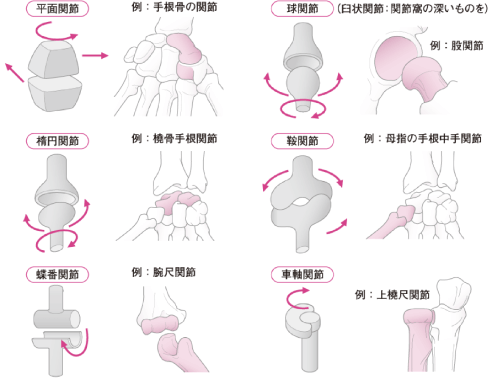
The burden on joints during menopause is believed to be caused by the synovial membrane. The synovial membrane covers the joints and contains synovial fluid.
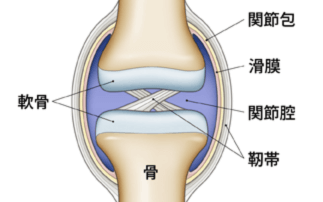
We incorporate a technique called mobilization in our treatments.
Mobilization involves targeting the joint surface, which helps in the approach to synovial fluid and synovial membranes, making it one of the most evidence-backed manual therapies with numerous published studies.
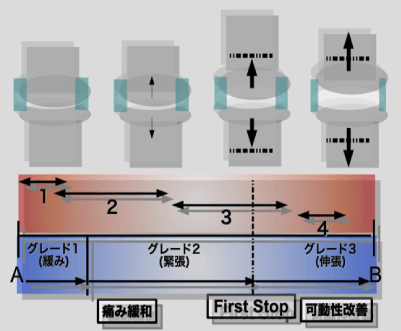
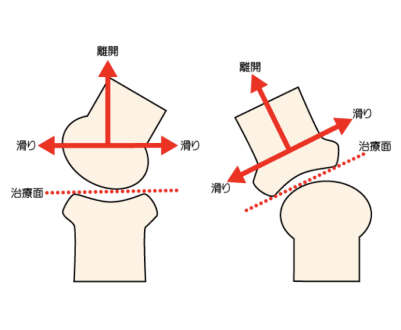
This technique targets painful joints with moderate strength (grade 3) to facilitate joint movement without causing friction on the joint surfaces. This method is highly effective and widely used in rehabilitation settings.
Humans live under the influence of gravity. Poor posture requires more muscle strength in daily activities and work.
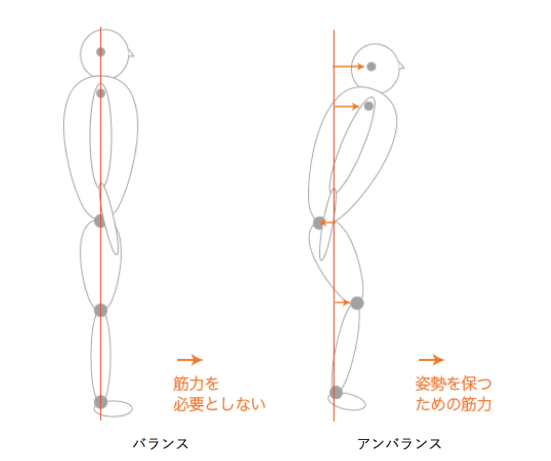
A misaligned body creates tension, leading to fatigue and pain, shallow breathing, and slower metabolism, which can result in various discomforts and potentially chronic illnesses.
Bone misalignment is caused by muscle tension, and poor posture, when maintained over time, can lead to a vicious cycle of misalignment.
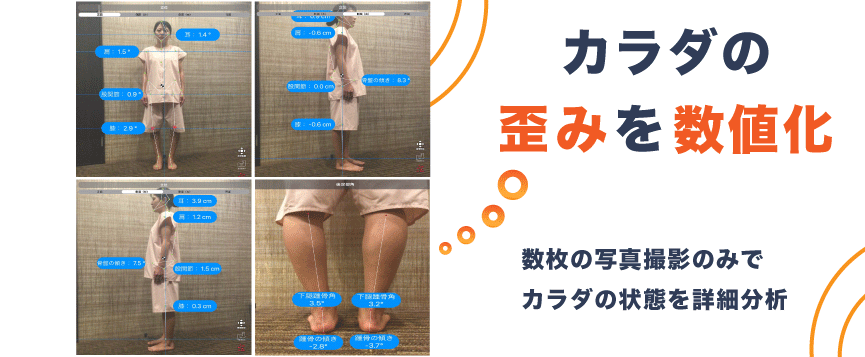
Using current posture data, we can estimate areas where muscles may become tense or cause pain, predict future postures, and explain treatment plans and effects more clearly. Patients also gain a better understanding of their own body condition.
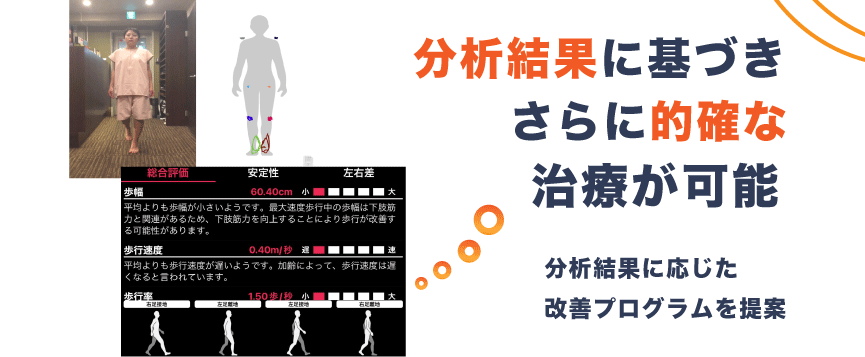
We have implemented a motion capture posture evaluation system, allowing us to accurately identify and visualize the causes of pain. This approach helps streamline treatment and accelerates recovery.
(Posture) is the static state, while (movement) is the dynamic expression of it. In other words, posture equals movement, with the difference being the way stress is applied.
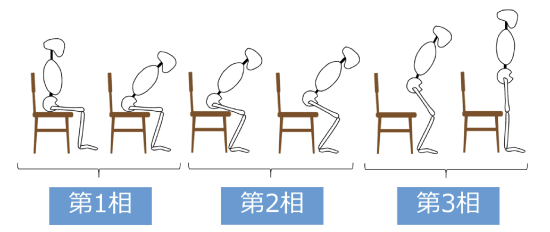
Posture applies static stress to joints and muscles, while movement applies dynamic stress.
Static stress < Dynamic stress
There are varying degrees of risk (this is also relevant for those engaging in exercise).
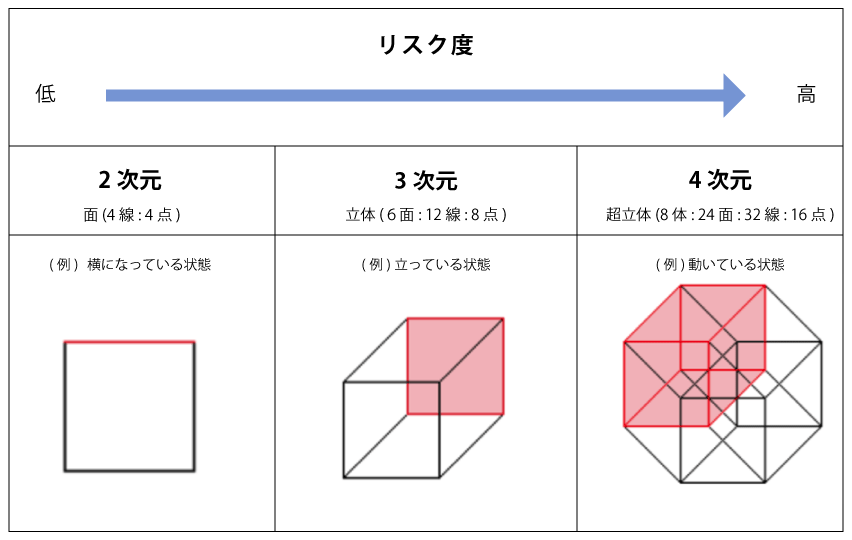
As shown above, reducing risk in four dimensions = reducing pain risk in daily life.
Consider the act of standing up.
The standing up movement involves two steps:
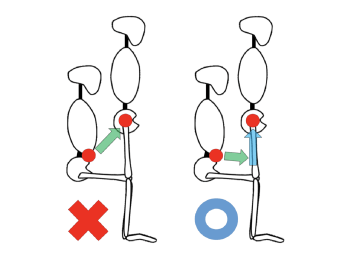
① Move the center of gravity forward.
② Lift the upper body.
These two steps involve large joint movements and require significant muscle strength.
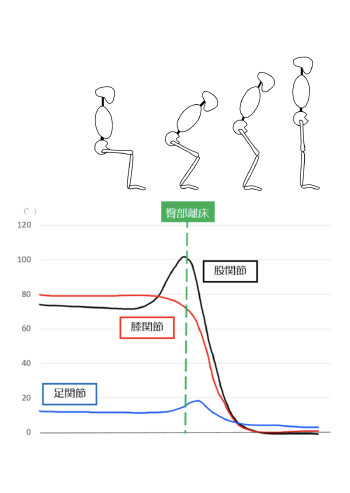
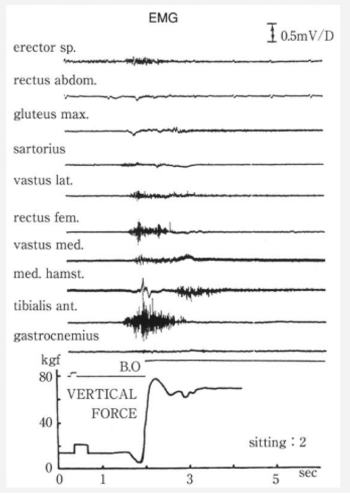
To reduce risk during this standing movement, the following techniques are necessary:
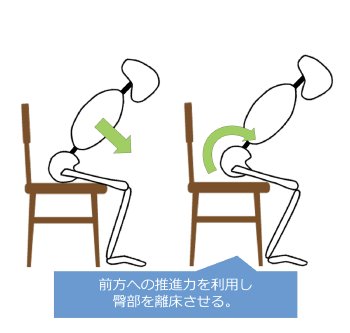 Use propulsion
Use propulsion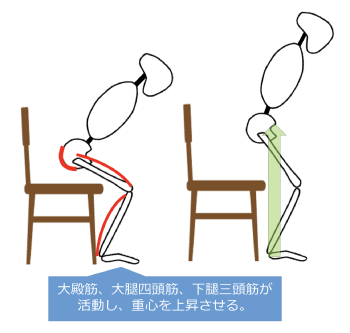 Distribute muscle strength
Distribute muscle strengthThe risk of excessive strain on specific joints is…
© Copyright (C) All Rights Reserved..